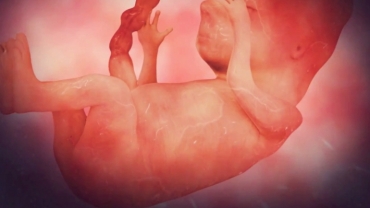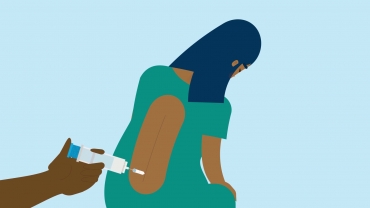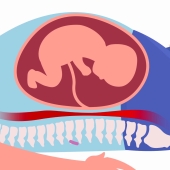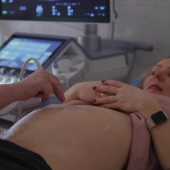A vaginal breech birth means your baby’s bottom or feet are facing downwards rather than its head. There’s no particular reason why this happens. Around about twenty per cent of babies will be breach at 28 weeks. By about 32 weeks, around about fifteen per cent of babies will be breech.
By 37 weeks, if your baby has not turned you can be offered to have an ECV, or an external cephalic version. This is where the doctor tries to turn the baby around from the outside.
External cephalic version is a process by which a breech baby can sometimes be turned from buttocks or foot first to head first.
In this procedure hands are placed on the mother's abdomen around the baby. The baby is moved up and away from the pelvis and gently turned in several steps from breech, to a sideways position, and finally to a head first presentation.
If this isn’t successful, most women will be offered a caesarean section. Some women will be offered to have a vaginal breech birth if the baby’s in the right position and if there’s no pre-existing conditions or if you’ve had a vaginal birth before.
A vaginal breech birth is a choice for some women and their babies. However, it may not be recommended as safe in all circumstances. It is a more complicated birth, as the largest part of the baby is last to be delivered and in some cases this may be difficult.
When you have discovered that your baby’s breech, you’ll be able to discuss your options with the midwife. There’s always a chance they will turn themselves round spontaneously.
About video: Midwife Miriam Martin describes what a breech position is and what can be done for if your baby is breech.
- 7320 views













